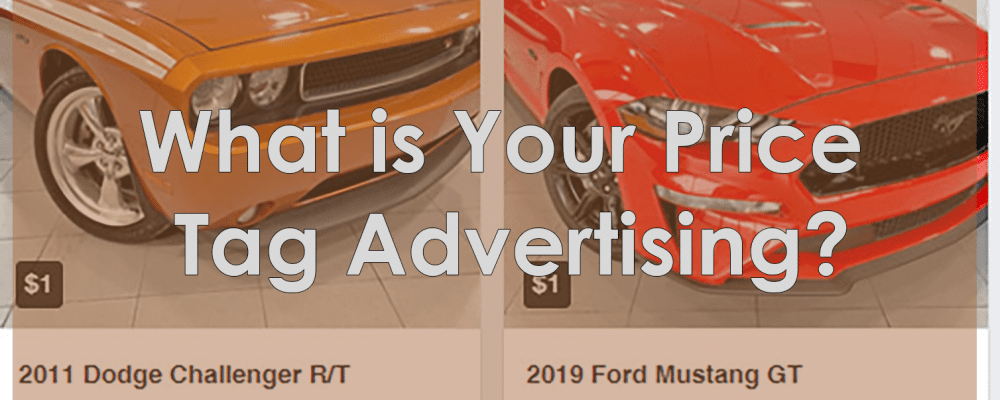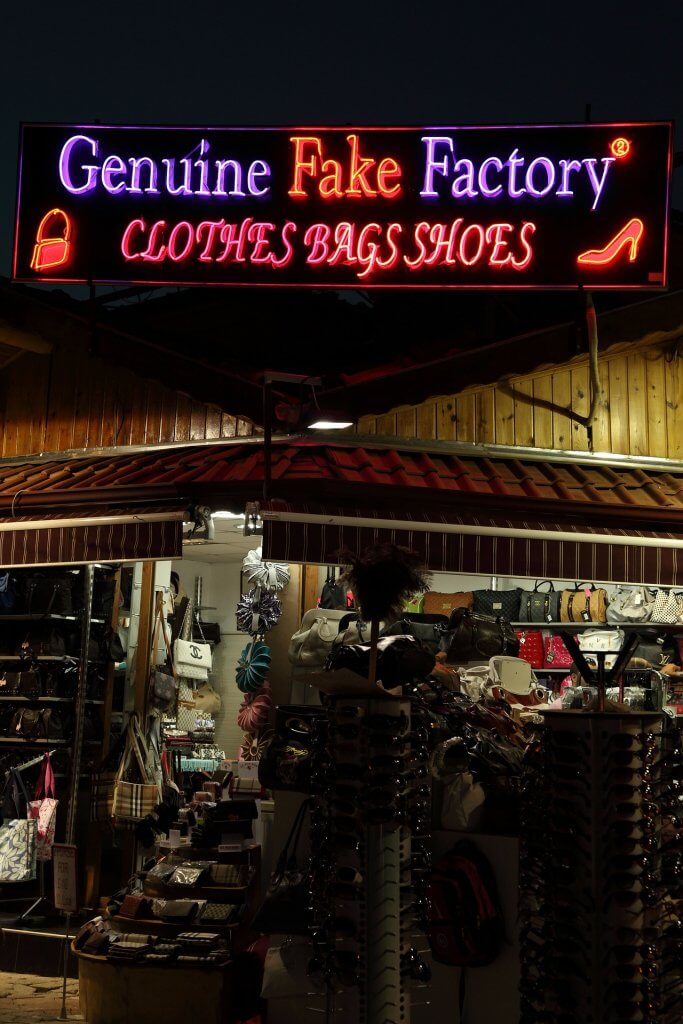
Listen to this article on the podcast
Numbers are emotionless. By themselves, they accomplish very little. When they’re attached to something, numbers can convey quite a lot.
2 marshmallows. Fun!
2 vials of hemlock. Scary!
Your price tag conveys quite a lot, too. “Price” is 25% of the “four Ps” in marketing tactics for good reason. But it’s a mistake to presume that “all people want is the lowest price.” That painful myth has led many-a-business to nosedive into bankruptcy.

All people want is a good value. That’s trickier because “value” only exists in the customer’s mind.
A Japanese Wagyu rib-eye steak is $78 at Cote in Manhattan.
It’s also $21.97 at Outback Steakhouse.
Now, reverse those numbers. If you walked into Outback Steakhouse and the rib-eye was $78, you’d laugh and walk right back out. Conversely, if you walked into Cote and their rib-eye was only $21, you’d rightly wonder if the meat had gone bad.
The price tag is advertising quality. If you are a premier business and you believe your product/service is notably better than the rest, price it accordingly…or I won’t believe you.
To figure out what is too much, and what is too little, you need look no further than your competition. If, for example, your oil change service is far superior, covers more areas in the car, and guarantees the owner will be free from a breakdown for the next 5,000 miles…research the prices offered by the lowball shops. If their oil change is $29 and the midrange guy is $45, you are free to make yours $60.
But – be prepared to defend and explain what I’m getting for that $60 bucks. Stack legitimate value on top of legitimate value.
“At Prince of Brunei Oil Palace, we change the oil, rotate the tires, wash the car, polish the tailpipe, give you a massage while you’re waiting, and guarantee no car trouble for the next 6 months.”
Not only does it justify $60…it also makes $29 and $45 sound like a rip-off.
When a brand grows up to be Tiffany & Co., Louis Vuitton, Whole Foods, or Apple not only do you get to charge more, but you never have the burden of cutting into profits by having a sale.
Gemologists have shown that you can buy the exact same diamond at Costco that you find at Tiffany. But every self-respecting gentleman knows the little blue box carries much more impact than a white plastic shopping bag.
From oil changes to diamond rings, your price is telling me exactly the kind of business you are.
Remember: Once you decide whether you’re top-shelf or bargain basement, it’s impossible to go the other direction.
- Sales Today or Salience Tomorrow? Yes. - March 14, 2024
- (Anti)Predictions in Marketing for 2024 - January 4, 2024
- The Myth of Marketing Specialists - December 13, 2023
